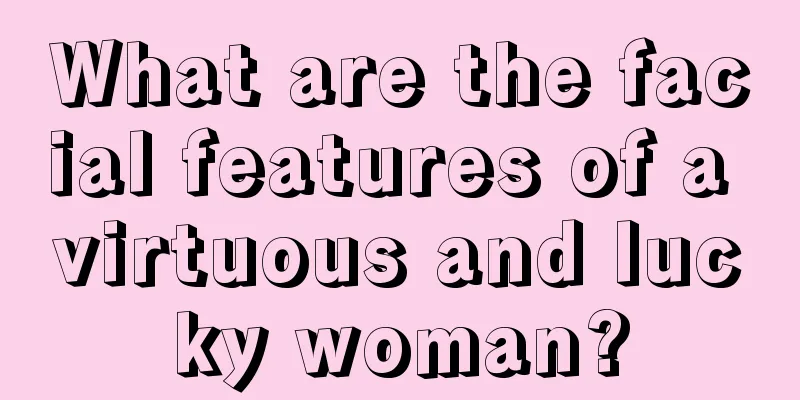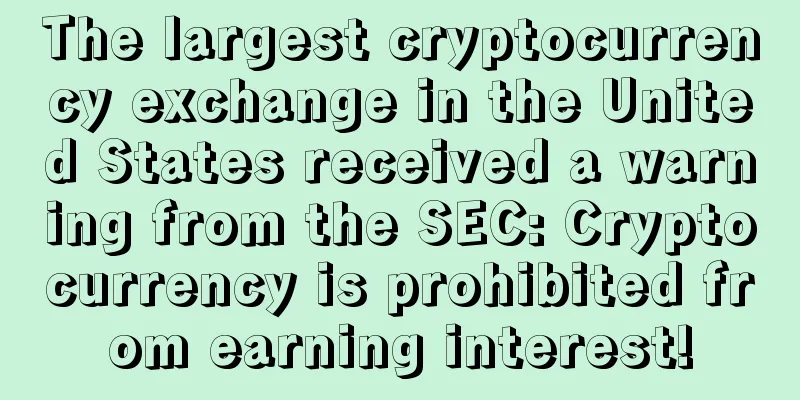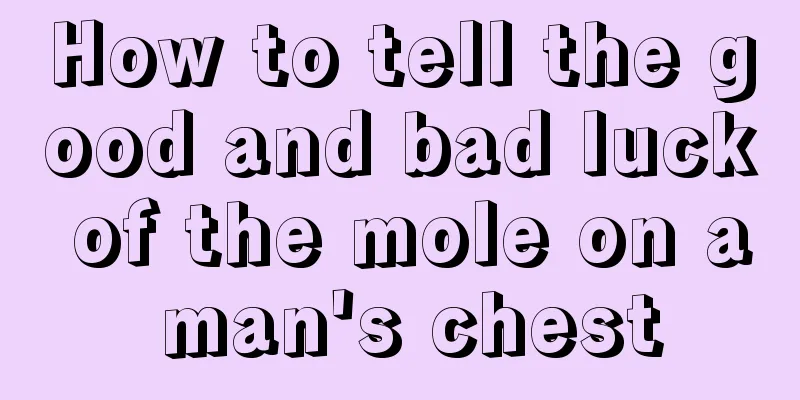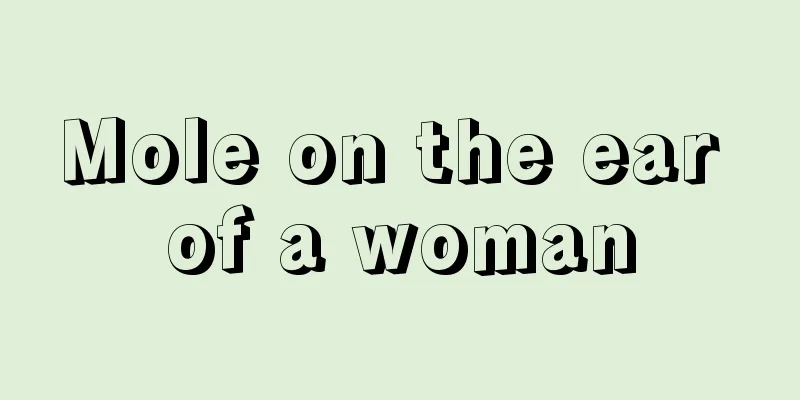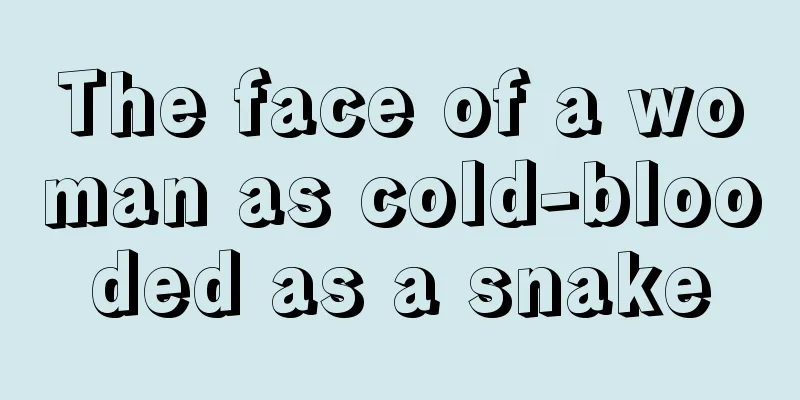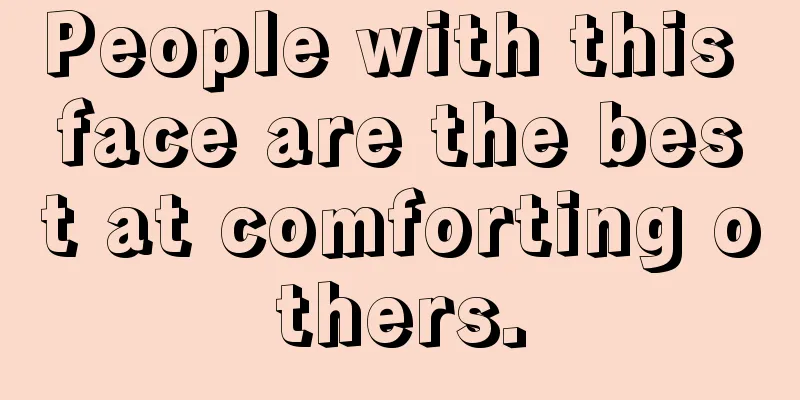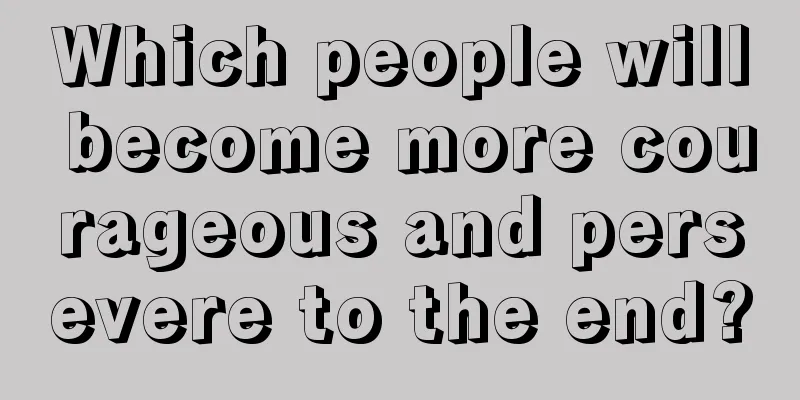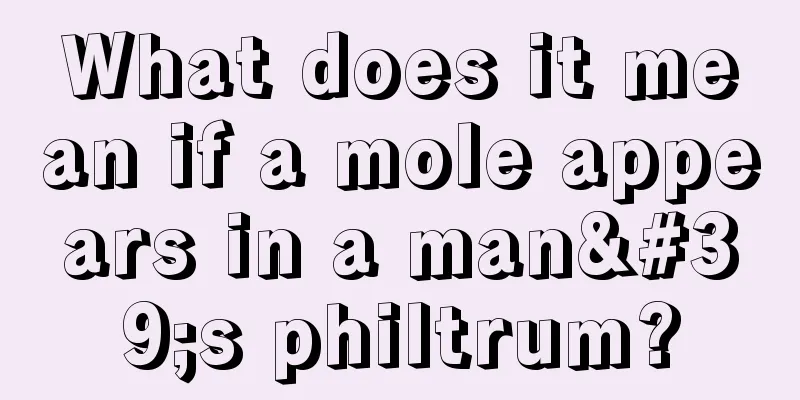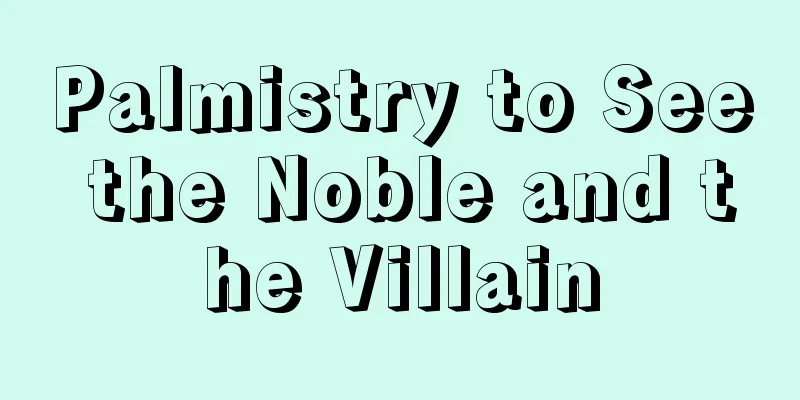On GRIN, MimbleWimble, and Monetary Policy
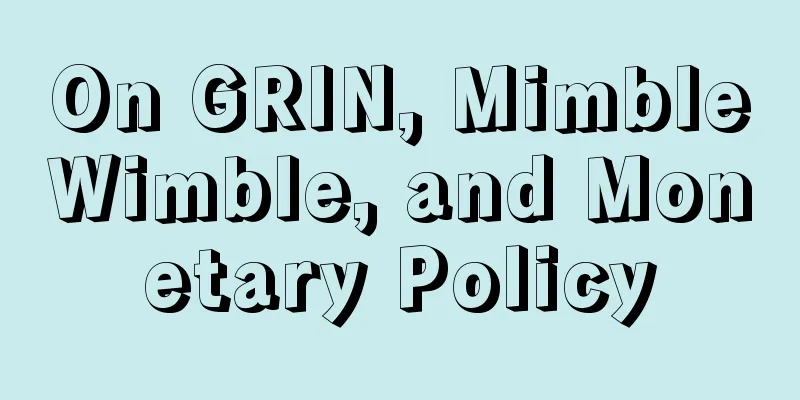
|
Grin is a new cryptocurrency that aims to provide "privacy" and "scalability" and is likely to be released in early 2019. Grin has several unique properties that make this project interesting: 1. For example, Grin uses a privacy-preserving blockchain format called MimbleWimble, which makes tokens interchangeable and users will have strong anonymity guarantees. 2. In addition, Grin has unique scalability because Mimblewimble only stores a small amount of data in the blockchain. This makes running a full node cheap and easy, and new nodes will be able to synchronize with the network quickly and efficiently. 3. Mimblewimble was developed by an anonymous founder, and many people in Grin’s development team are anonymous and scattered around the world. 4. It will have a fair POW mechanism without any pre-mining: Cuckoo Cycle POW mechanism: At least in the near future, it is more equal and anti-centralization than other solutions. Grin is one of the few projects that aims to be a real currency and has some of the features that make Bitcoin so interesting - anonymous founder, leaderless development team, PoW consensus, no on-chain governance, no premine. But perhaps the most interesting thing about Grin is its "monetary policy". The “monetary policy” of cryptocurrencies has been a big area of discussion recently, particularly regarding the differences between Bitcoin and Ethereum. Bitcoin’s fixed supply is intended to make it attractive as a store of value (SoV), but it also means that miners are ultimately incentivized using only “transaction fees”. This creates a lot of uncertainty about Bitcoin’s future – as no blockchain has proven that it is possible to incentivize miners solely through fees. At the same time, improving second and third layer solutions like the Lightning Network could mean that there are fewer on-chain transactions that need to be processed by miners. On the other hand, Ethereum’s monetary policy is still being determined. This creates uncertainty for investors and those who use Ethereum as a store of value, but it also provides greater flexibility in the future — which Ethereum supporters also see as an advantage. Given the uncertainty of the future of the “Bitcoin model,” Ethereum’s development team does not yet know the ideal monetary policy of the cryptocurrency and cannot solve this problem quickly. Critics point to this uncertainty as the main reason why Ethereum will never be able to serve as a store of value. Grin takes a different approach from both of these projects. Grin has a linear supply schedule, which means that "inflation" as a percentage of existing supply will be high in the beginning, but will gradually decrease over time and will be infinitely close to zero, but will never actually be equal to zero. Overall, its money supply is unlimited, which makes it less of a competitor to digital gold and more of an attempt at an actual currency. Its monetary policy, scalability, and privacy features make it more like digital cash than digital gold. Grin's early high inflation means that the stock-to-flow rate will be extremely low at the beginning, which will incentivize spending rather than holding, that is, encouraging its use as a medium of exchange MoE. This can create network effects and also increase buying and selling, which may create a wider distribution of the currency. At the same time, it also prevents speculation, because the Grin of early holders will be greatly diluted, so it is more reasonable to spend Grin than to hold it. In the early days, the practical value of Grin will be to use it, not just to accumulate it. While the output rate remains constant, the proportion of tokens mined by miners to the existing supply will gradually decrease. This means that the storage-to-flow ratio increases over time, eventually causing Grin to become a low-inflation currency that is more suitable as a store of value. But this will not happen for many years. In fact, Grin's inflation rate will not fall below 10% for a full decade, and then slowly decline from that time. Grin’s supply is uncapped, which means there will always be inflation. This is a very different approach than Bitcoin, but it could help Grin avoid one of Bitcoin’s biggest potential challenges. The perpetual nature of Grin’s tokens will help incentivize miners in the long term and reduce mainchain transaction fees. Perpetual inflation is not ideal from a store of value perspective. But most likely, the rate of token loss will eventually exceed new issuance. Lower, perpetual inflation could solve the miner incentive problem without causing any token dilution issues. In the crypto world, there tends to be a clear line between those who support fixed supply and those who support inflation. Fixed supply tokens like Bitcoin and Zcash are optimized as a store of value, while inflationary tokens are better suited as a medium of exchange. Grin is an experiment that will try to optimize one model early on and transition to another over time, while retaining a monetary policy that is determined from the beginning. Bitcoin is already the most secure, decentralized, and proven candidate for digital currency. If Grin debuts with the same monetary policy, it will eventually become a competitor to Bitcoin, and it will be hard to win. I think it is unlikely that Grin will establish itself as a "store of value" to compete with Bitcoin in the long term, but it may prove useful and educational in the medium term. Moreover, Bitcoin is not without its faults, and Grin is testing a very different set of assumptions. This is one of the few true experiments in the cryptocurrency space, so let's be optimistic. |
<<: The idealistic developer’s dilemma: Who will help Grin?
>>: Ritocoin mining, currency introduction, exchange
Recommend
What does it mean if there is no marriage line on the palm?
In palmistry, the marriage line is an important l...
Smart Token Chain (STC) announced the launch of a blockchain system exchange that integrates all blockchain technology solutions
Smart Token Chain (STC) has announced the launch ...
People who are easily distracted when chatting with others
In fact, we need to concentrate in many cases. If...
What kind of face does a woman have to have to attract wealth? She is born with good fortune and doesn't need to worry.
People all hope to enjoy wealth and glory, and ho...
Does the career line have little impact on career?
Through a person's career line, it is often e...
Filecoin's mainnet will be launched this year. Will the hundredfold growth of the coin depend on FIL?
Finally, another project called blockchain 3.0 ha...
Facial features that indicate longevity
From the perspective of physiognomy, what kind of...
Stratumn raises $670,000 to provide developers with a blockchain application development platform
Stratumn is a Paris-based startup that intends to...
What are triangular eyes? What are the characteristics of men and women with triangular eyes?
1. What is triangular eye physiognomy? Generally ...
What are the facial features of men with thick and heavy eyebrows?
Facial features will also have an impact on our f...
Analysis of the facial features of a dissolute and immoral woman
Physiognomy is one of the traditional physiognomy,...
Men who are not handsome but have good fortunes have good fortunes.
Handsome men are more likely to attract attention...
London Startup Plutus Launches NFC-Enabled Bitcoin Mobile App
Recently, London startup Plutus announced the lau...
What does Ziwei in the Palace of Illness represent?
Ziwei, which belongs to the earth element, govern...
How to read the hand of the piercing
Many people often hear about Tongguanshou, but do...
